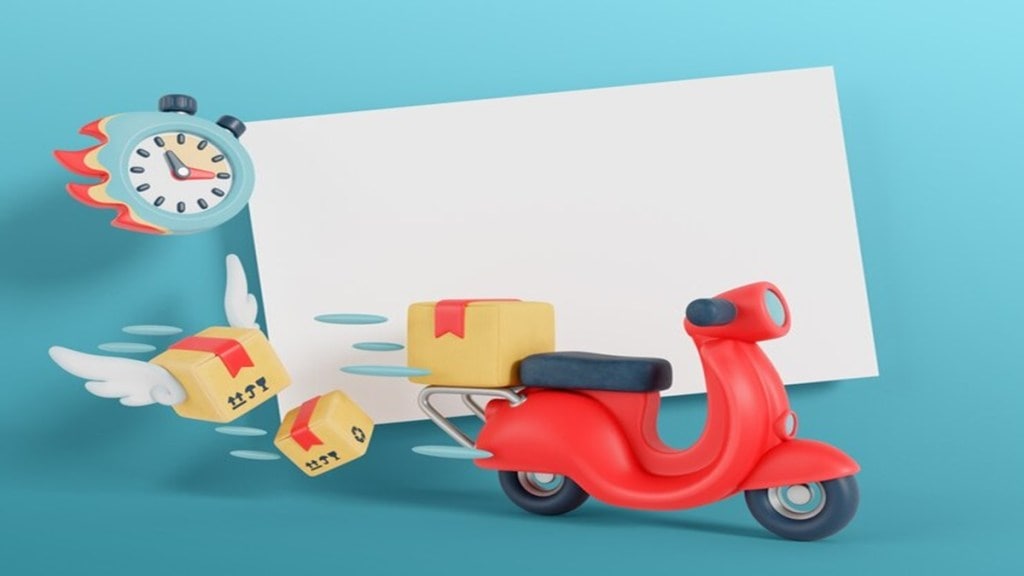With plans to drive up average order values (AOVs) by selling big-ticket items not working out, quick commerce players have reverted to the tried and trusted sale of groceries and consumer staples. It was never going to be easy, given the costs, inventory constraints and delivery logistics.
In January, Blinkit started 10-minute deliveries of laptops, monitors and printers in the metros. Later, both Blinkit and Zepto were offering the MacBook Air, iPads, and AirPods, in select cities. But things didn’t go quite as expected.
Why big-ticket items don’t work in q-commerce
As experts at Deloitte point out, delivery costs in q-commerce are 3-4x higher than in regular e-commerce. This makes the economics of selling laptops or large appliances unsustainable given these items also have a high return rate, of nearly 15%. Stocking a MacBook in a 500 sq ft micro-warehouse, for instance, is bad economics because one idle unit ties up more capital than an entire aisle of groceries. Frequent stock-outs or limited availability, in most geographies, don’t help.
As Pearl Agarwal, founder and MD, Eximius Ventures, pointed out, dark stores are designed to maximise inventory turns with fast-moving SKUs (stock-keeping units), not to sit on capital-heavy products with long purchase cycles.
Indeed, given that most buyers, especially in smaller cities, want to take a look at several brands before making a costly purchase, it’s hardly surprising that electronics move slowly. Stocking them isn’t easy either. As Sandeep Murthy, managing partner, Lightbox, observed, companies could have central warehouses to serve some big cities but that would likely increase delivery time. “So it may not fit within the value proposition of quick commerce,” he said.
Anand Ramanathan, partner and consumer industry leader, Deloitte India, said traditional platforms offer EMI, BNPL, and credit card financing, which are essential for high-ticket purchases. “These are not yet widely integrated into quick commerce platforms,” he added.
Delivery is another challenge. Naveen Malpani, partner, Grant Thornton Bharat, pointed out that most q-comm deliveries are executed via two-wheelers. “Transporting laptops or appliances safely requires four-wheelers and additional packaging,” he said.
Stocking high-value items also raises financial risk; any damage adds to the costs. Low offtake from dark store also raises working capital needs.
As per Deloitte, 49% of consumers rank after-sales service among the top three factors influencing durables goods purchases, something quick commerce platforms currently lack. “There’s also a lack of integration with financing and warranty services, which are essential for such purchases,” Ramanathan added.
Groceries, staples, and urgency drive growth
Analysts peg Blinkit’s AOV was Rs 669 in Q1FY26; Zepto’s AOV was around Rs 550 as of January 2025 and Swiggy Instamart’s was Rs 612 in Q1FY26. On average, groceries and staples have a 58% share, followed by fresh produce, dairy, snacks, and beverages at over 40%.
But , having realized that quick commerce is for high-frequency, low-consideration items where urgency drives the purchase, players are now encouraging users to add more low-value items to increase profitability per order. “Quick commerce thrives on urgency, not deliberation. A carton of milk is an impulse buy; a Rs 1.5 lakh laptop is a planned purchase,” Agarwal said. Quick commerce is perceived as a utility service, ideal for last-minute needs, not considered a destination for planned, high-value purchases,” Malpani said.
